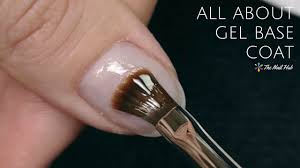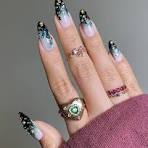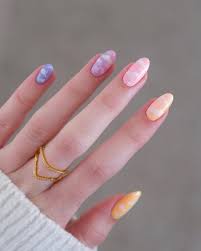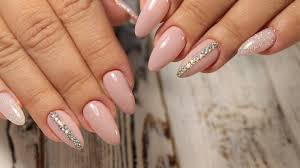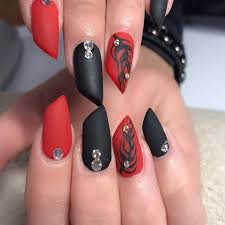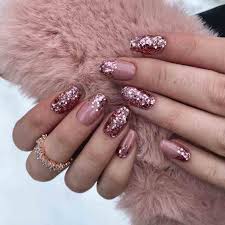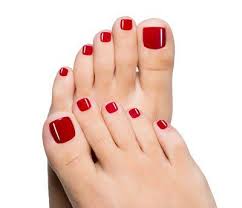If you’re new to gel manicures, understanding the right curing time is the key to stunning results that actually last. I’ve done my fair share of experimenting, and let me tell you — it all starts with the base coat. You can’t just throw your hand under any lamp and guess. Timing matters. You need to cure the gel base for exactly 45 seconds. That’s the sweet spot. Then comes the colour layer — this needs 60 seconds to fully set. Rushing this step only ruins the beauty of the final look.
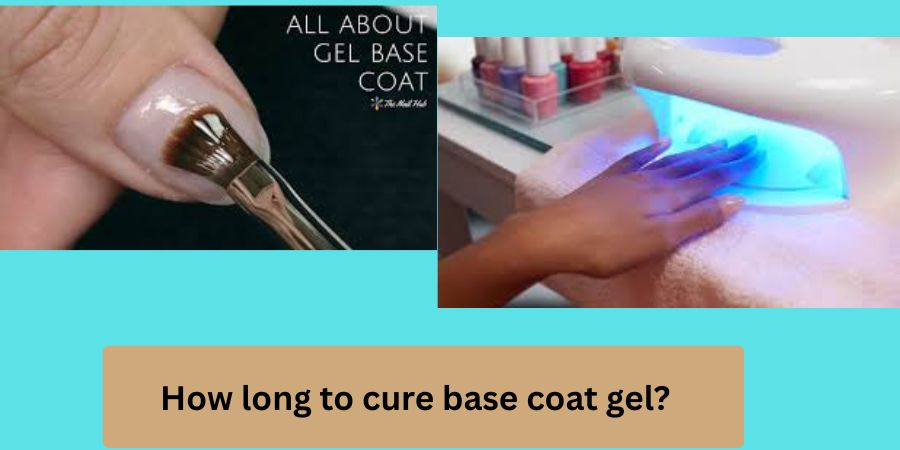
I used to ask myself “why are my acrylic nails lifting after a week?”—and the answer often traced back to curing issues. My top coat wasn’t getting enough light. Giving it a full 90 seconds changed everything. Since then, my nails look better and last for an extended period without fading or lifting. If you follow these recommendations, you’ll not only maintain your perfect shine but also save yourself salon visits. Every second you spend under the light adds to the long-term durability — so don’t skip the details if you want flawless results.
Is gel base coat supposed to be sticky after curing?
When I first started doing my own gel nails at home, I was confused about why the base coat still felt sticky after curing it for the right time. I followed the lamp instructions carefully, making sure the gel cured for 30 to 60 seconds as recommended, depending on the brand. But no matter how long I left it under the light, the tacky layer was still there. What I’ve learned over time is—that’s totally normal. The tack isn’t a sign that something went wrong; it’s actually there to improve adhesion between layers. So when you apply your gel top coat or even polish, that stickiness helps the next product grip better and last longer.
Now, if you’re using a no-wipe top coat as your final layer, that’s when the sticky part should disappear. But during earlier steps, like after the base coat or even before the final coat, you’re not supposed to remove or start removing that sticky feeling. I used to think the longevity of my mani was poor because of that layer, but really, it’s the opposite. That layer helps your color and top coat stay locked in like a sandwich. Some products like blooming gel even depend on that tacky surface to work their magic, creating beautiful marble or watercolor effects. So next time you’re tempted to wipe that tacky surface too early—don’t. Just let it do its thing.
How long does base coat need to cure?
From my personal experience doing gel nails at home and in the salon, the base coat is one of the most important layers that needs the right cure time. If you’re wondering how long it takes, the answer depends on the product and your setup. Most base coats take around 1 to 2 minutes to become dry to the touch, but that doesn’t mean they are fully set. For the gel to fully cure and harden, you usually need to wait about 5 to 10 minutes total, especially if you’re not using a UV or LED lamp. Some people even ask, “can gel nail polish air dry?” — and the short answer is no. Gel products need light to cure properly, or else they’ll stay sticky and soft.
To expedite the drying process, I’ve found that applying thin layers helps a lot. Thick coats just don’t cure evenly. Also, make sure you’re working in a space with proper ventilation, as poor airflow can slow down drying. Some people also use quick-dry products, which can help but aren’t a full replacement for letting the gel settle naturally. Stick to the right technique, give it time, and you’ll notice your manicure lasting longer without chipping or peeling.
Is Too Much Light Bad for Gel?
When you cure a base coat gel, timing matters more than you’d expect. People probably believe that placing the product under the lamp for too long or many times will make it stronger, but it can actually do harm. I’ve seen this mistake happen in salons where, with the best intentions, someone keeps the nails under the UV light far beyond what’s needed. While it seems like a safe move, it ends up being bad for the gel. If you’re wondering what is soft gel nails?, it’s a type of gel that looks natural and flexible, but just like hard gels, it still needs the right curing time.
Over-curing is sort of like getting a sunburn—you think more sun means more glow, but all you get is too much exposure and damage. Over-curing doesn’t make your gel look good longer—it can actually ruin it by making it brittle or prone to peeling. Trust me, if you’re doing this repeatedly, it’s time to step back and follow the timing instructions that come with your lamp and polish. Avoid the trap of thinking “longer is better.” It’s not, especially when curing gel.
Want to Speed Up Your Gel Curing Time?
If you’re wondering how to cure your base coat gel more efficiently, I’ve got some tried-and-tested advice for you. When I first started doing my own gel polish at home, I noticed it took a while under my old UV lamp—a full two to three minutes per layer. But once I upgraded to an LED lamp, the game changed completely. The LED lights would fully cure each layer in just 30-60 seconds, and honestly, I couldn’t believe the difference. Not only did it work faster, but it was also gentler on my hands.
Another thing I realized? These LED lamps are more energy-efficient. They consume a lot less energy compared to UV lamps, which makes them more cost-effective in the long run. That means less energy consumption, quicker results, and more time for nail art (or, you know, snacks). And if you’re into natural-looking nails, you can even pair it with something like the londontown illuminating nail concealer between gel sessions—it gives a polished, healthy glow without the full polish process.
Ideal Layers for Gel Base Coat Application
Why Your Gel Still Feels Wet After Curing
Sometimes, even when you’ve cured your gel polish under the lamp for the right amount of time, it still feels a bit tacky or sticky. This usually happens if the layer of gel or polish you’ve applied is too thick. A thick application doesn’t allow the light to completely penetrate and set the product. So even though it looks fine, it’s not actually dry underneath. I’ve noticed that using a longer curing cycle or adjusting the recommended setting on the lamp can make a big difference. Especially if you’re dealing with darker colors or applying multiple coats, make sure to cure each layer properly before moving on.
Another reason your gel might not be completely set is because of the lamp itself. If the lamp isn’t strong enough or the bulbs are old, you won’t get the full curing effect. I once applied a base coat, waited the full curing time, and it still came out sticky. Turned out my lamp wasn’t giving enough power, and I had to cure for longer. The truth is, no matter how great your polish is, if the curing setup isn’t right, your nails will never fully dry. Always check your tools, follow the right curing time, and avoid applying a thick layer to save yourself the trouble.

